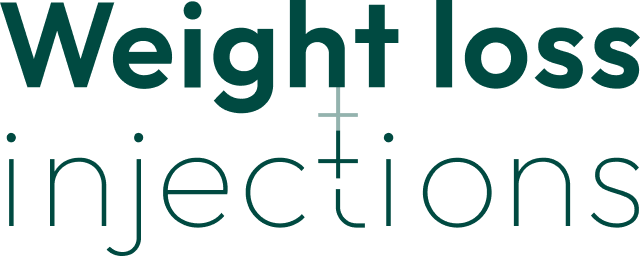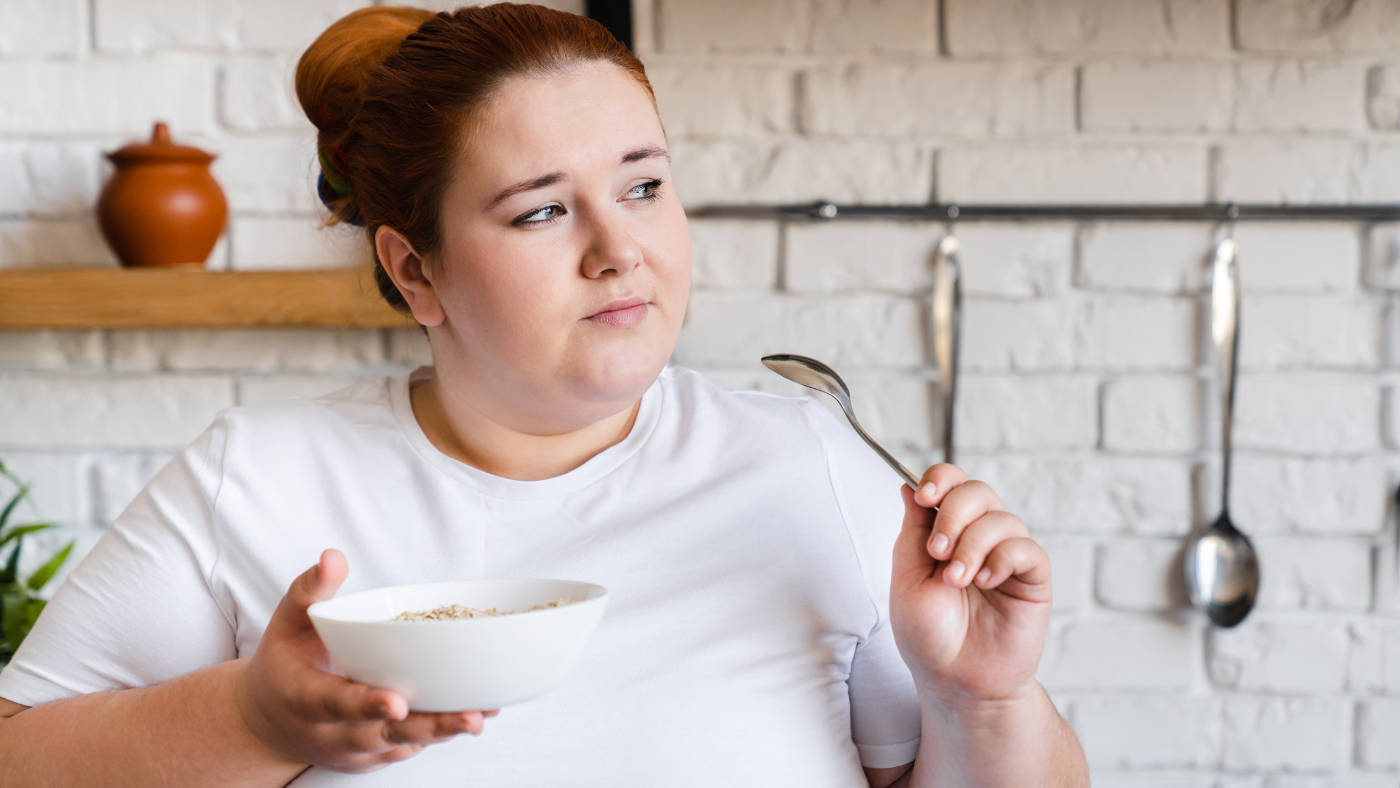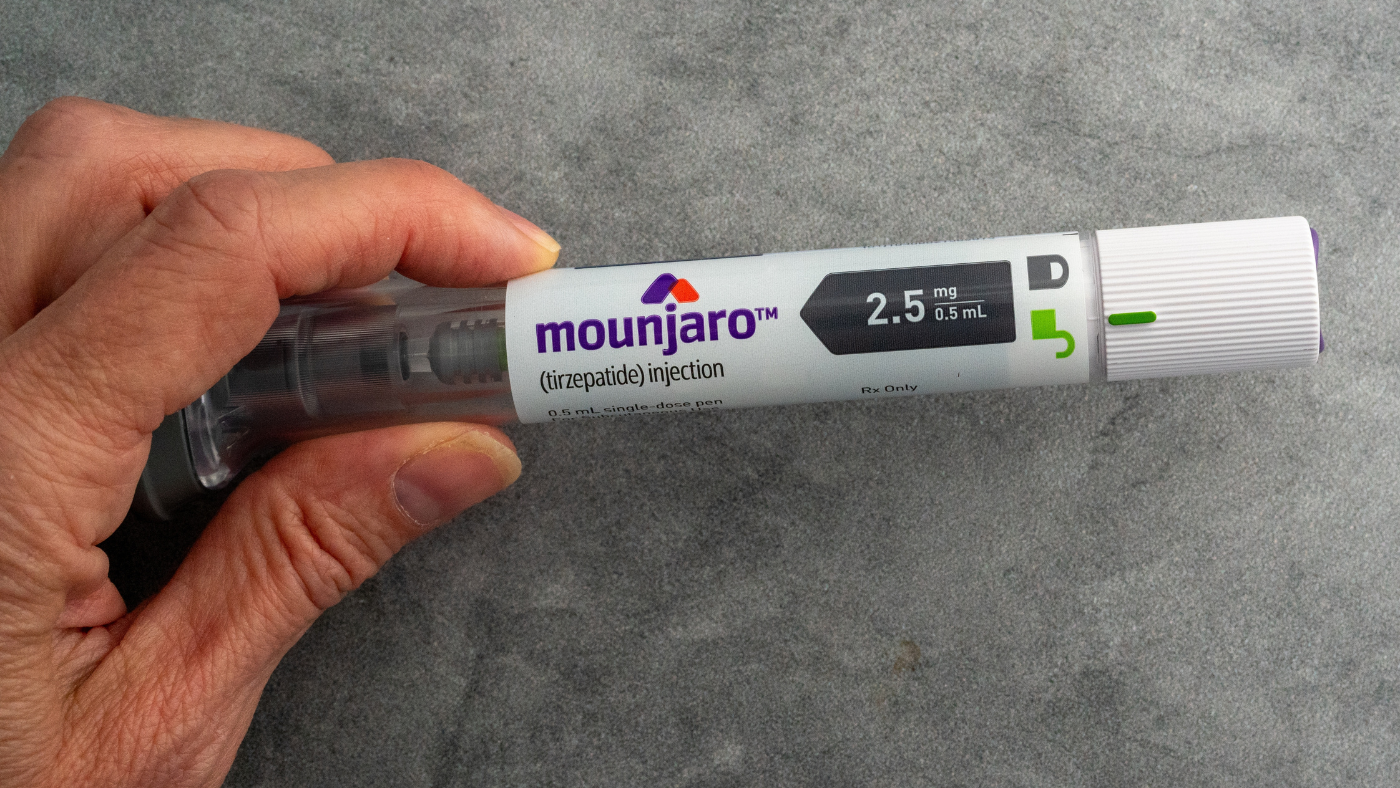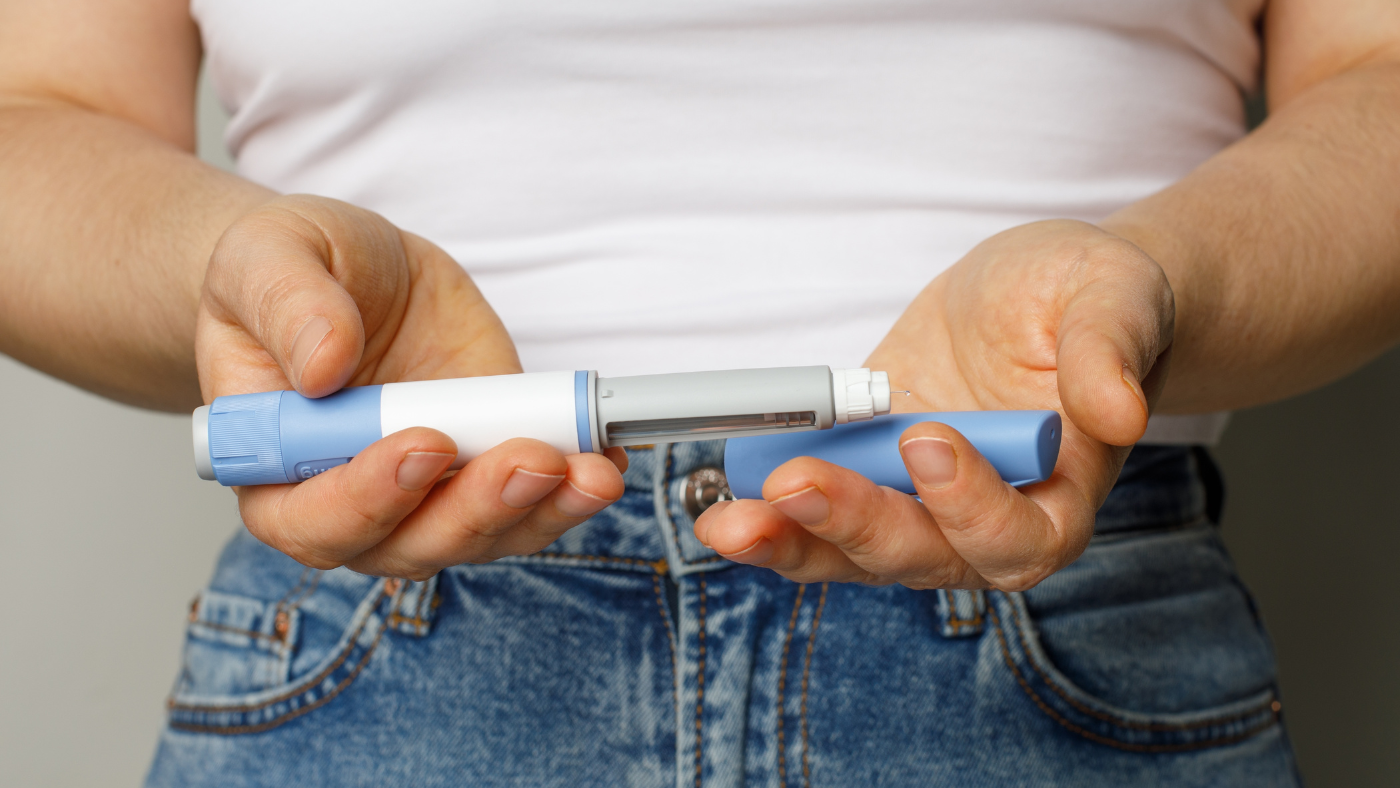Starting a GLP-1-based weight loss treatment is a valuable opportunity to combine the appetite-reducing effects of medication with a healthy, strategic nutrition plan. For individuals with obesity (BMI ≥30), particularly those with sedentary lifestyles, the key is to calculate their maintenance calorie needs and create a sustainable calorie deficit that promotes fat loss while preserving lean body mass.
This guide includes evidence-based formulas, considerations specific to GLP-1 medications, safe deficit targets, and real-world examples, along with advice to prevent under-eating and muscle loss during your weight loss journey.
Step 1: Understand Your Maintenance Calories
Your maintenance calories are the number of calories your body needs to maintain its current weight. For individuals with higher body weight or lower activity levels, this number tends to be higher than average.
To estimate your daily energy needs, the Mifflin-St. Jeor equation is widely considered the gold standard:
Calculate your maintenance calories here:
https://reference.medscape.com/calculator/846/mifflin-st-jeor-equation
Step 2: Set a Calorie Deficit
Once you know your estimated maintenance, you can set a calorie intake below that number to trigger weight loss. This is known as a calorie deficit.
Evidence-Based Guidelines
- Moderate weight loss target: A 500–750 kcal/day deficit typically results in 0.5 to 1.5 lbs of fat loss per week.
- For example, if your maintenance is 2,500 kcal/day, a daily intake of 1,750–2,000 kcal supports steady, safe fat loss.
This pace is clinically recommended to avoid nutrient deficiencies and preserve metabolic health.
Avoid Over-Restriction
GLP-1 medications can strongly suppress appetite, but it’s essential to maintain sufficient nutrition.
Very low-calorie diets (e.g. <800 kcal/day) are not recommended unless supervised by a doctor. These can lead to fatigue, muscle loss, and long-term health risks.
⚖️ Individualize Your Plan
If your maintenance is high (e.g. 3,000 kcal/day), your calorie target may still be effective above the typical “1,200–1,500” range.
Focus on creating a deficit that’s sustainable, nutrient-rich, and responsive to your changing weight over time.
Example Scenario
Sedentary Woman, Age 40, 5’4” (163 cm), 220 lbs (100 kg):
- Estimated maintenance: ~2,000 kcal/day
- BMR: ~1,600 kcal/day (via Mifflin-St Jeor)
- Daily deficit target:
- 1,500 kcal/day = ~1 lb/week loss (500 kcal deficit)
- 1,600 kcal/day = ~0.8 lb/week loss (~20% deficit)
With a GLP-1 or dual-action medication, smaller portions may feel satisfying, making it easier to meet your calorie target, but the quality of your calories matters more than ever.
Avoiding Under-Eating and Muscle Loss
GLP-1-based medications support reduced appetite, but it’s your nutrition strategy that protects your health and body composition. Here’s how:
- Prioritize Protein
Protein intake helps preserve lean muscle during calorie restriction. Aim for:
- 60–75 grams per day minimum
- Spread across all meals
- Include sources like:
- Chicken, fish, eggs, tofu, lentils, low-fat dairy, beans, or protein shakes
New guidelines for patients using GLP-1 therapies recommend prioritizing protein to maintain muscle and metabolism.
- Focus on Nutrient-Dense Foods
When eating less, every calorie counts.
- Base your diet on:
- Vegetables and leafy greens
- Fruits and berries
- Whole grains (e.g. oats, quinoa, brown rice)
- Healthy fats (olive oil, nuts, seeds)
- Avoid:
- Highly processed snacks
- Excess sugars
- Saturated fats
This ensures you’re meeting your needs for vitamins, fiber, and minerals within your reduced intake.
- Stay Hydrated
GLP-1 therapies can affect thirst cues due to slower digestion.
- Aim for 2–3 liters of fluids per day (8–12 cups)
- Prioritize water, herbal teas, and low-calorie beverages
- Reduce reliance on sugary drinks or excessive caffeine
Hydration also supports digestion, which is significant if you experience constipation, a common side effect.
- Get Enough Fiber
Fiber supports digestive health and promotes a feeling of fullness.
- Aim for:
- Women: ~21–25g per day
- Men: ~30–38g per day
- Focus on:
- Vegetables, beans, fruits with skin, whole grains
- Consider a fiber supplement if needed — always check with your doctor first.
- Incorporate Physical Activity
GLP-1 therapies assist weight loss even without exercise, but physical activity:
- Helps preserve muscle
- Improves insulin sensitivity
- Supports mental well-being
Start with:
- Daily walks
- Strength/resistance training 2+ days per week
- Resistance bands, bodyweight exercises, light dumbbells
- Build slowly as your energy improves
- Monitor Your Progress
- Target: 1–2 lbs/week average
- Early weight loss may be more (often water weight)
- If you hit a plateau for 3+ weeks:
- Recheck your calorie needs
- Slightly reduce intake or increase movement
- Stay consistent — avoid yo-yo dieting
- Listen to Your Body
Calories, macros, and tracking tools are helpful — but your body gives you the best feedback.
If you feel:
- Cold all the time
- Dizzy or lightheaded
- Extremely fatigued
- Sleep-deprived
…your calorie intake may be too low. Speak with your prescribing doctor.
Final Takeaway
GLP-1 medications are potent tools for appetite regulation, but they work best when combined with smart nutrition, sufficient protein, and healthy routines.
Prioritize sustainability over speed.
Eat well, move gently, and listen to your body.
With medical guidance and the right approach, your weight loss can be effective, healthy, and long-lasting.






